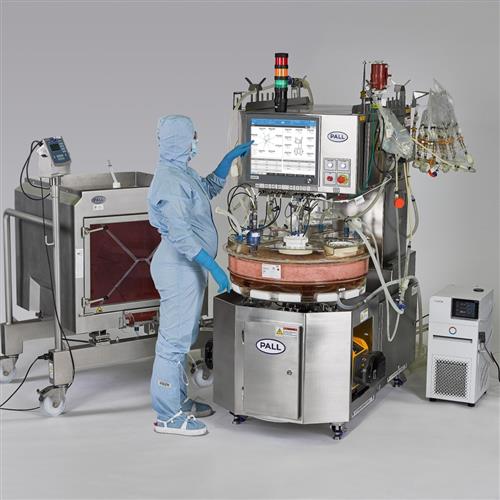Cell Growth Bioreactors
Growth curve nanda s 2008 stationary phase.

Cell growth bioreactors. A bioreactor refers to any manufactured device or system that supports a biologically active environment. Bioreactor is defined as a vessel that carries out a biological reaction and is used to culture aerobic cells for conducting cellular or enzymatic immobilization. In cell culture oxygen is a key substrate for growth production and maintenance activities. Bioreactors give seeded cells the opportunity to attach and proliferate ie coat on the scaffold.
In one case a bioreactor is a vessel in which a chemical process is carried out which involves organisms or biochemically active substances derived from such organisms. Provided similar aeration conditions the maximum number of adherent cells that can be obtained in bioreactors depends on the available growth surface while the maximal growth of suspension cells is mainly limited by the total amount of nutrients in the growth medium and the accumulation of growth inhibiting compounds. This process can either be aerobic or anaerobicthese bioreactors are commonly cylindrical ranging in size from litres. Cells obtain their oxygen in free and noncompound forms called dissolved oxygen do.
The cell functions such as energy metabolism and some biosynthetic. One of the most important functions of bioreactors is providing dissolved oxygen to cells continuously through a process called aeration. Stem cell expansion and differentiation in bioreactors. In stationary phase there is no net increase or reduction in cell number.